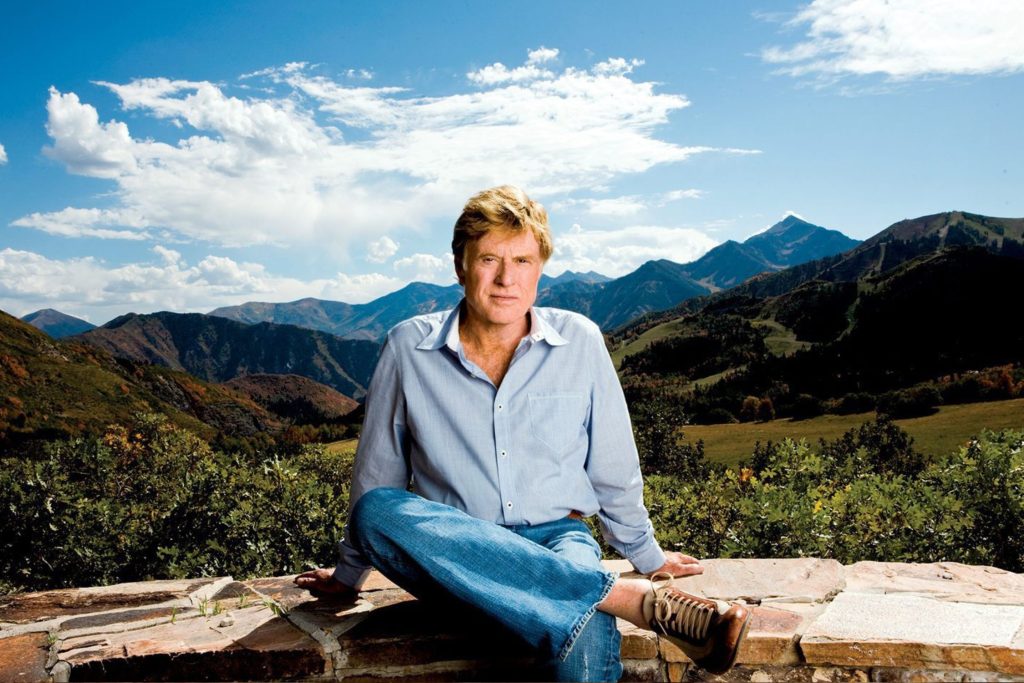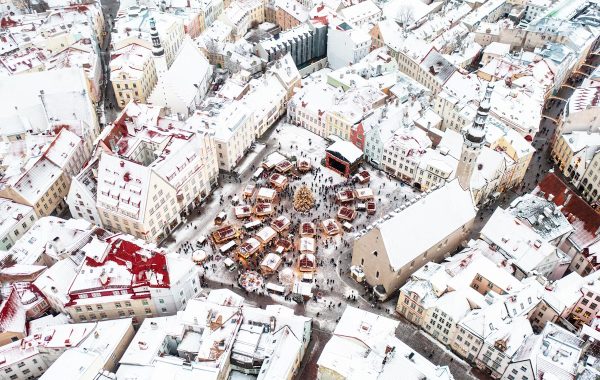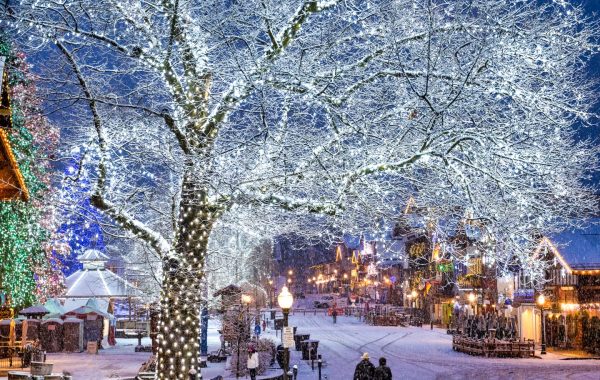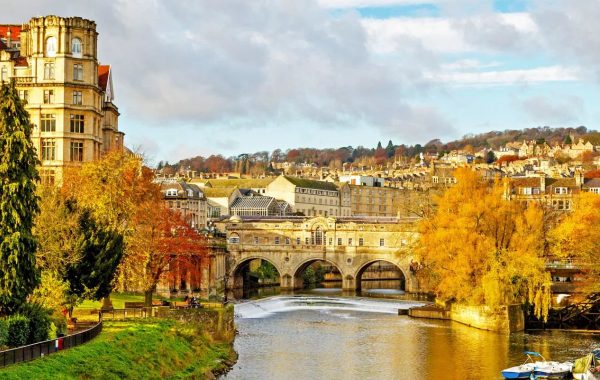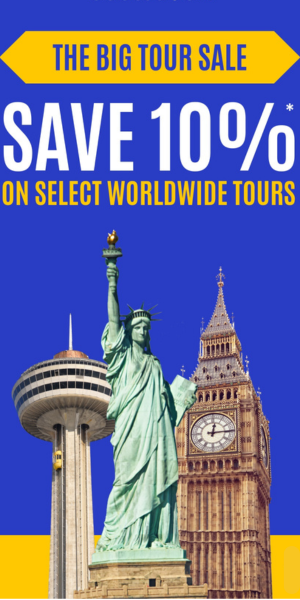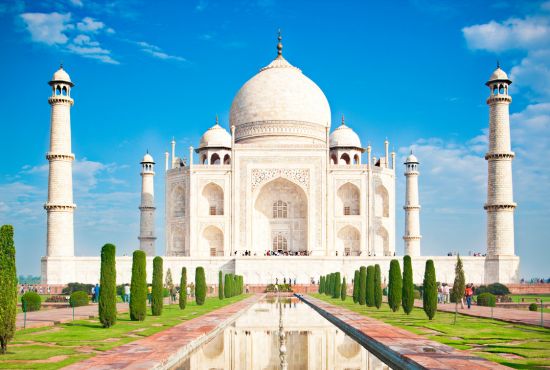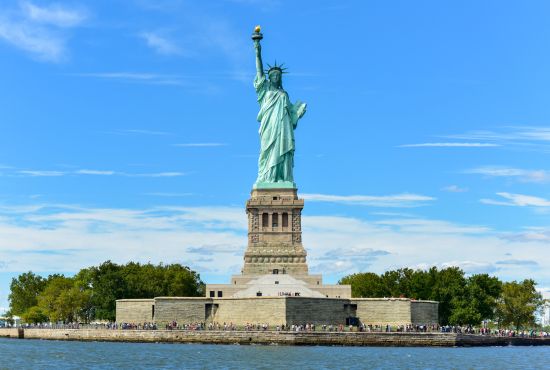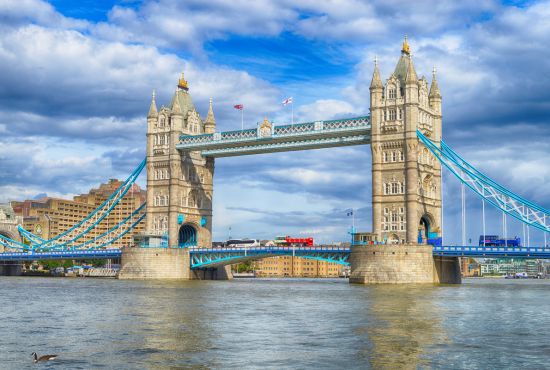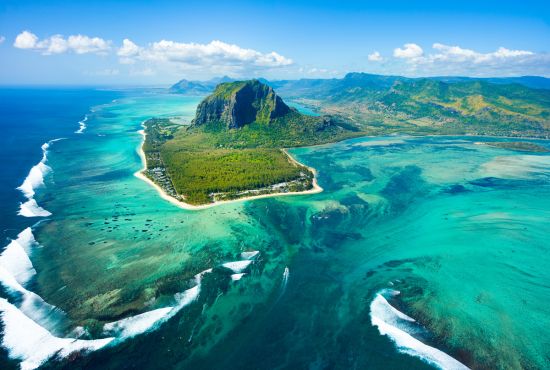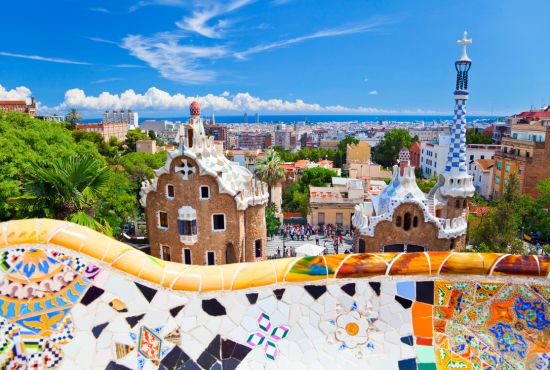From Hollywood stardom to the wild landscapes of the American West, Robert Redford showed us that travel, film, and environmental consciousness are inseparable.
Few figures in Hollywood have bridged the worlds of cinema, travel, and environmental consciousness as seamlessly as Robert Redford. An actor of quiet intensity, a director of rare vision, and a lifelong champion of the natural world, Redford turned landscapes into living characters and films into invitations to explore. From the snow-draped peaks of Utah in Jeremiah Johnson to the flowing rivers of Montana in A River Runs Through It, his work revealed how profoundly places shape stories—and how stories, in turn, can inspire us to see those places differently. Beyond the screen, through the Sundance Institute and his tireless advocacy for conservation, he created a global movement that linked art, culture, and the urgent need to protect our planet. Redford’s legacy is more than cinematic; it is a call to travel deeper, look closer, and understand the environment not just as backdrop, but as the very heart of our shared human story.
Yosemite: The Spark of a Lifelong Bond with Nature
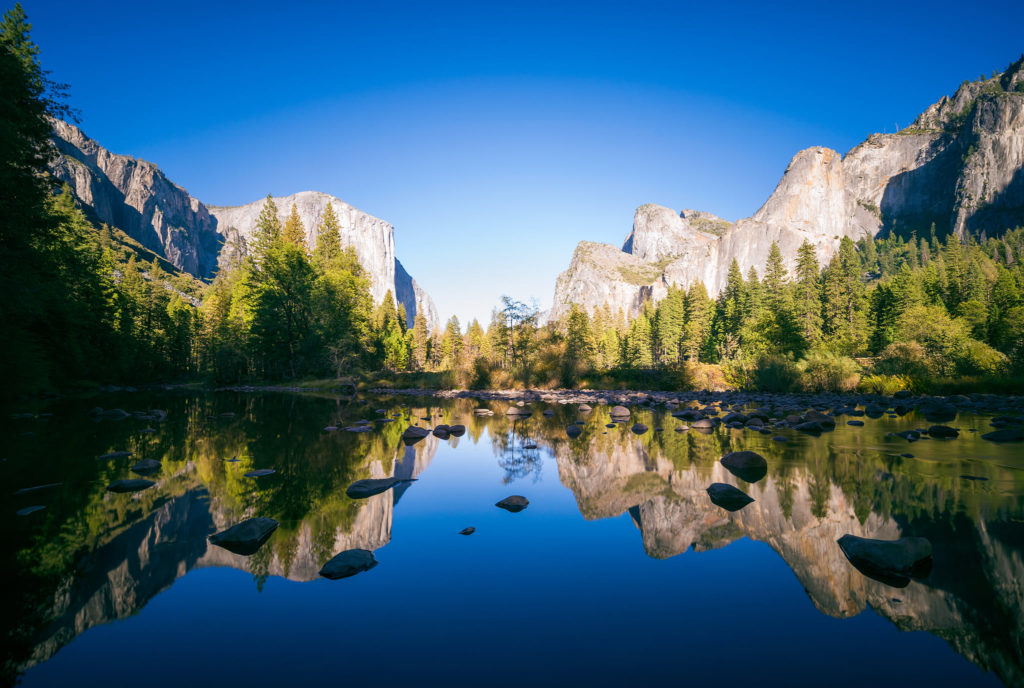
In a 2024 conversation with Orion Magazine, Robert Redford traced his love of wild landscapes back to a childhood road trip that would change his life forever. Growing up in 1940s Santa Monica, he had the ocean, open coastline, and plenty of green spaces at his doorstep. But it wasn’t until his mother drove him to Yosemite National Park at the age of eleven that he felt the full force of nature’s grandeur. Emerging from a mile-long tunnel into the valley’s sweeping view, he was awestruck. “I knew I didn’t want to just see it,” he recalled. “I wanted to be in it—to be in nature.” That moment, he said, “claimed” him.
It was a gift from his mother, who had a bold spirit and a love of exploration. Their drives from California to visit family in Texas opened his eyes to the landscapes of the Southwest and the presence of Native American communities, layering early impressions that would stay with him throughout his career. Later, as his fame grew, Redford turned that spark into a lifetime of environmental advocacy—protesting, speaking out, and urging action on climate change, even when it meant standing against political power. What began as awe at a Yosemite overlook became the foundation of a worldview: that our lives and our landscapes are inseparably connected.
The Outlaw Trail and the Call of the West
In the 1970s, Redford traded studio sets for saddles, riding the Outlaw Trail with friends that included writer-activist Edward Abbey. Days were spent on horseback, nights under star-drenched skies, traversing the same routes once taken by Butch Cassidy and the Wild Bunch. The experience wasn’t recreation—it was immersion. The solace of the desert, the raw sweep of the plateau, the conversations around campfires—these were the elements that shaped Redford’s reverence for the American West.
Landscapes as Characters in Film
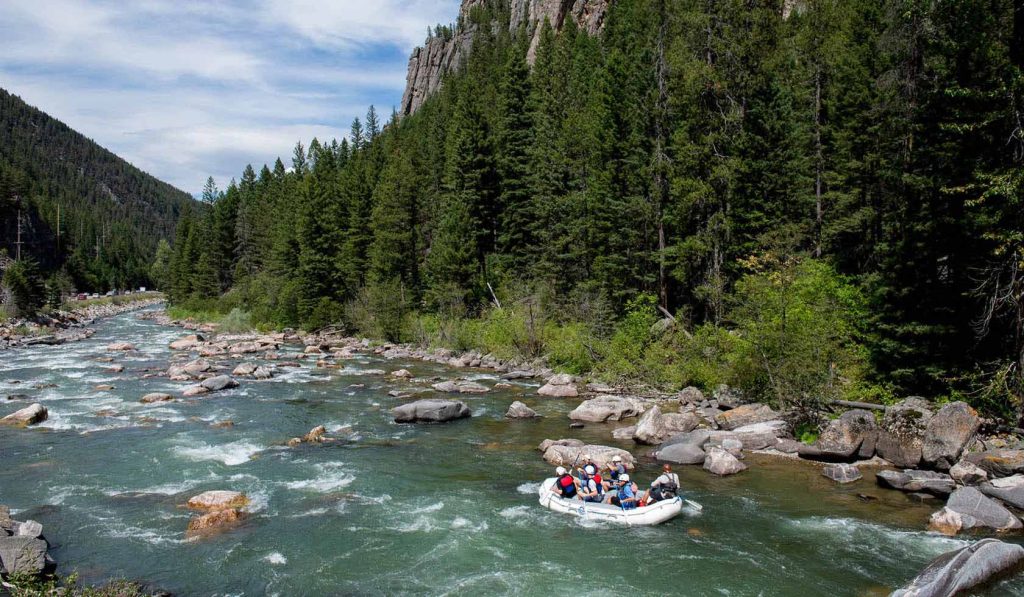
For Redford, landscapes were never backdrops; they were protagonists. In Jeremiah Johnson (1972), Utah’s Mount Timpanogos wasn’t scenery but spirit—its snowfields and forests mirroring the solitude of a man against the wild. In The Milagro Beanfield War (1988), the parched lands of New Mexico became battlegrounds for farmers defending their water rights. A River Runs Through It (1992) turned the currents of Montana’s Gallatin River into a metaphor for time, family, and fleeting beauty. Redford understood instinctively what few directors dared: land holds memory, meaning, and a voice of its own.
The Sundance Vision: From Mountain Retreat to Cultural Movement
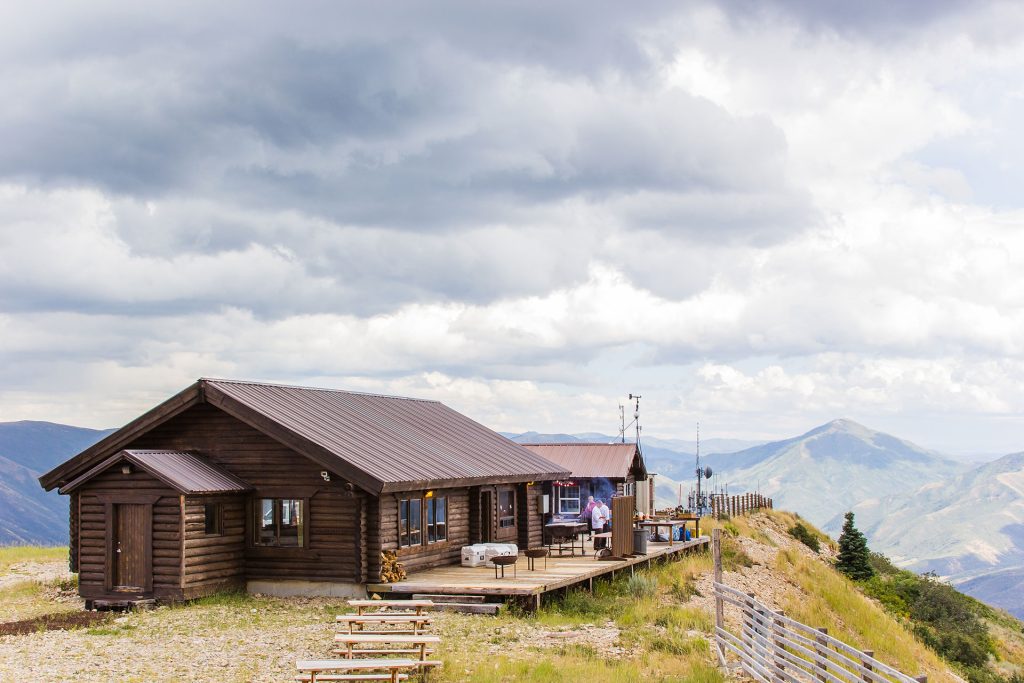
The story of Sundance began, fittingly, with a detour. Driving through Utah’s Provo Canyon in the 1960s, Robert Redford was captivated by the towering presence of Mount Timpanogos. Not long after, in 1961, he purchased a small ski resort there, then known as Timp Haven, and renamed it after the role that had made him a household name—the Sundance Kid. What started as a rustic mountain retreat quickly evolved into something deeper. Redford imagined Sundance as a sanctuary for creativity, where nature and storytelling could coexist. Two decades later, that vision expanded with the founding of the Sundance Institute. In its first year, just ten emerging filmmakers were invited to the Utah mountains to workshop their projects with leading actors, writers, and directors. Those intimate gatherings sparked what would grow into the Sundance Film Festival, now the world’s premier showcase for independent cinema. From the log cabins and ski runs of Sundance Mountain Resort to the red carpets of Park City, Redford’s imprint is unmistakable. His vision transformed Utah into both a destination for travelers seeking rustic elegance and a global hub for artists determined to tell their stories on their own terms.
Champion of Conservation
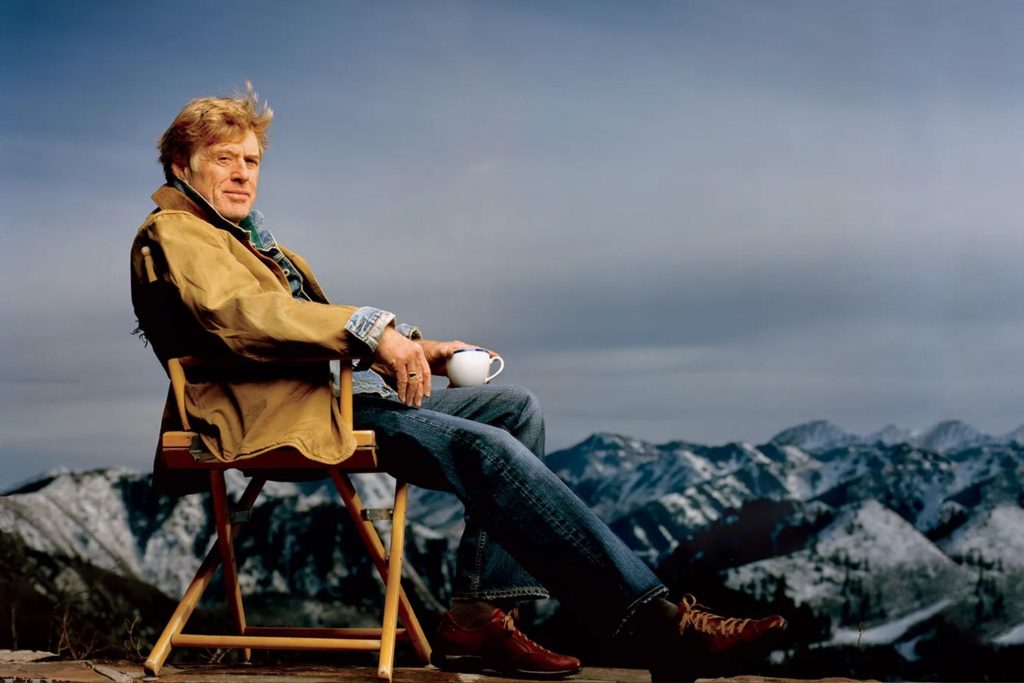
Redford’s activism was no accessory to his fame; it was its purpose. Long before climate change became mainstream vocabulary, he was marching, lobbying, narrating films, and lending his voice to campaigns for clean air, clean water, and public lands. Through The Redford Center, founded with his late son James, he harnessed the power of film to spark dialogue and action. He placed himself squarely at the intersection of culture and conservation, using cinema to remind us of what is at stake.
Redford’s Cinematic Journeys: Travel Films That Defined Him
A Walk in the Woods (2015)

Blending humor with adventure, Redford stepped into the boots of travel writer Bill Bryson in A Walk in the Woods. Instead of enjoying a quiet retirement, Bryson sets out to hike the 2,200-mile Appalachian Trail—an epic stretch of rugged peaks, forests, and untouched countryside from Georgia to Maine. Redford’s Bryson is joined, reluctantly, by an old friend played by Nick Nolte, whose bumbling antics turn the trek into a mix of comedy and survival. Through sweeping shots of ridgelines, waterfalls, and wooded paths, the film reminded audiences that adventure isn’t bound by age, and that nature has a way of humbling and inspiring us in equal measure
Jeremiah Johnson (1972)
Set against Utah’s unyielding mountain terrain, this survival drama follows a war veteran who seeks solitude in the wilderness but discovers that nature demands both humility and resilience. Redford’s Jeremiah isn’t conquering the land—he’s negotiating with it. The film’s snowy peaks and shadowy forests introduced a generation to the romance and peril of the untamed American West.
Out of Africa (1985)
In one of his most celebrated roles, Redford starred opposite Meryl Streep in Out of Africa, a sweeping romance set against the breathtaking landscapes of Kenya. The film, adapted from Karen Blixen’s memoir, captured vast savannas, golden plains, and the dramatic Ngong Hills with painterly elegance. Redford’s character, Denys Finch Hatton, embodied a life of freedom tied to the rhythms of the land—flying low over herds of elephants and lions, camping under endless African skies. The film not only won the Academy Award for Best Picture but also etched East Africa into the imagination of travelers worldwide, sparking wanderlust for safari landscapes that felt both exotic and timeless.
The Horse Whisperer (1998)
As both director and star, Redford transformed Montana into a sweeping cinematic landscape of healing. Playing Tom Booker, a cowboy with an almost mystical bond with horses, he framed the state’s wide valleys and golden light as metaphors for recovery and reconciliation. The result was more than a love story—it was a visual hymn to the American frontier.
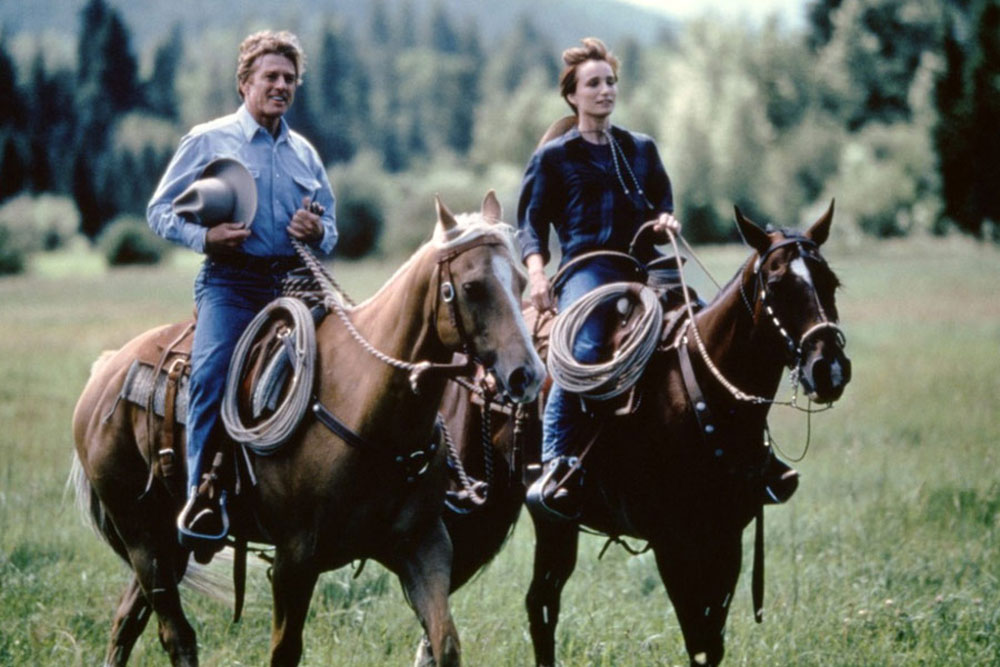
A River Runs Through It (1992)
Though Redford stayed behind the camera, his direction turned Montana’s rivers into living poetry. Adapted from Norman Maclean’s novella, the film tells of two brothers whose lives flow, diverge, and crash like the waters they fish. Every frame, from rippling currents to towering pines, captured Redford’s belief that landscapes hold the emotional weight of human stories.
All Is Lost (2013)
Stripped of dialogue and set entirely at sea, this minimalist survival film placed Redford alone on a damaged yacht in the Indian Ocean. With nothing but sky and water for company, the film distilled travel to its purest essence: man versus vastness. Each wave became both adversary and metaphor, a reminder of how fragile we are against the elements.
Butch Cassidy and the Sundance Kid (1969)
Though remembered for its wit and chemistry, the film is also a travel epic of the outlaw trail—from Utah canyons to Bolivia’s high plains. Redford’s Sundance Kid, paired with Paul Newman’s Butch Cassidy, galloped through wide vistas that romanticized the American West while hinting at its vanishing frontier.
National Parks on the Giant Screen
Robert Redford’s devotion to America’s national parks also found its way onto the IMAX screen. He narrated National Parks Adventure (2015), a sweeping documentary that takes viewers from the geysers of Yellowstone to the granite walls of Yosemite, capturing the wonder of landscapes preserved for over a century. More than a travelogue, the film celebrates the very idea of the National Park System—an American innovation that turned wild spaces into shared heritage. With Redford’s steady, reverent voice guiding the journey, National Parks Adventure became both a love letter to the outdoors and a call to preserve these sanctuaries for generations to come.
Redford leaves us a dual legacy: cinema that redefined American storytelling, and advocacy that reshaped how we see our planet. He taught us that landscapes aren’t mere vistas; they are characters, companions, even conscience. Through his films, his festivals, and his fervent campaigns, he asked us not only to watch, but to witness—to look closer, care deeper, and, above all, to act. For travelers and dreamers alike, his message endures: the road ahead isn’t just about where we go, but about how we preserve the wonder of what we find along the way.
For latest travel news and updates, food and drink journeys, restaurant features, and more, like us on Facebook or follow us on Instagram. Read more on Travel and Food Network
Related Coverage
Road Trip Itinerary: Off the Beaten Path in Utah
Discovering Those Eastern Sierra Wonders: Road Trip Routes to Mammoth Lakes


